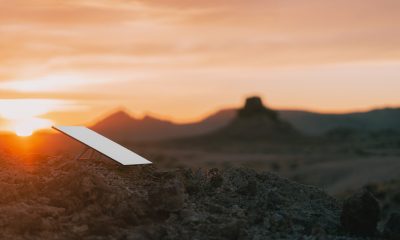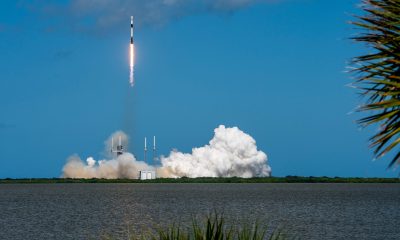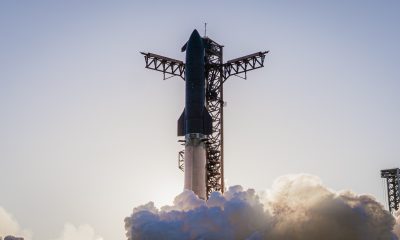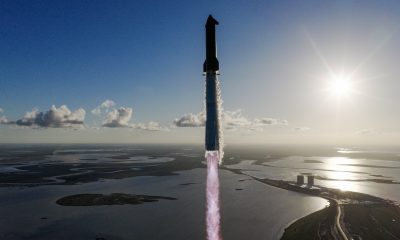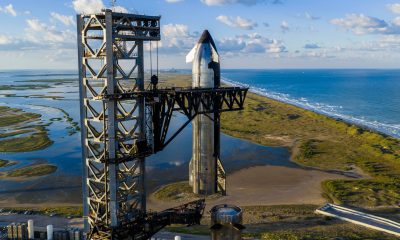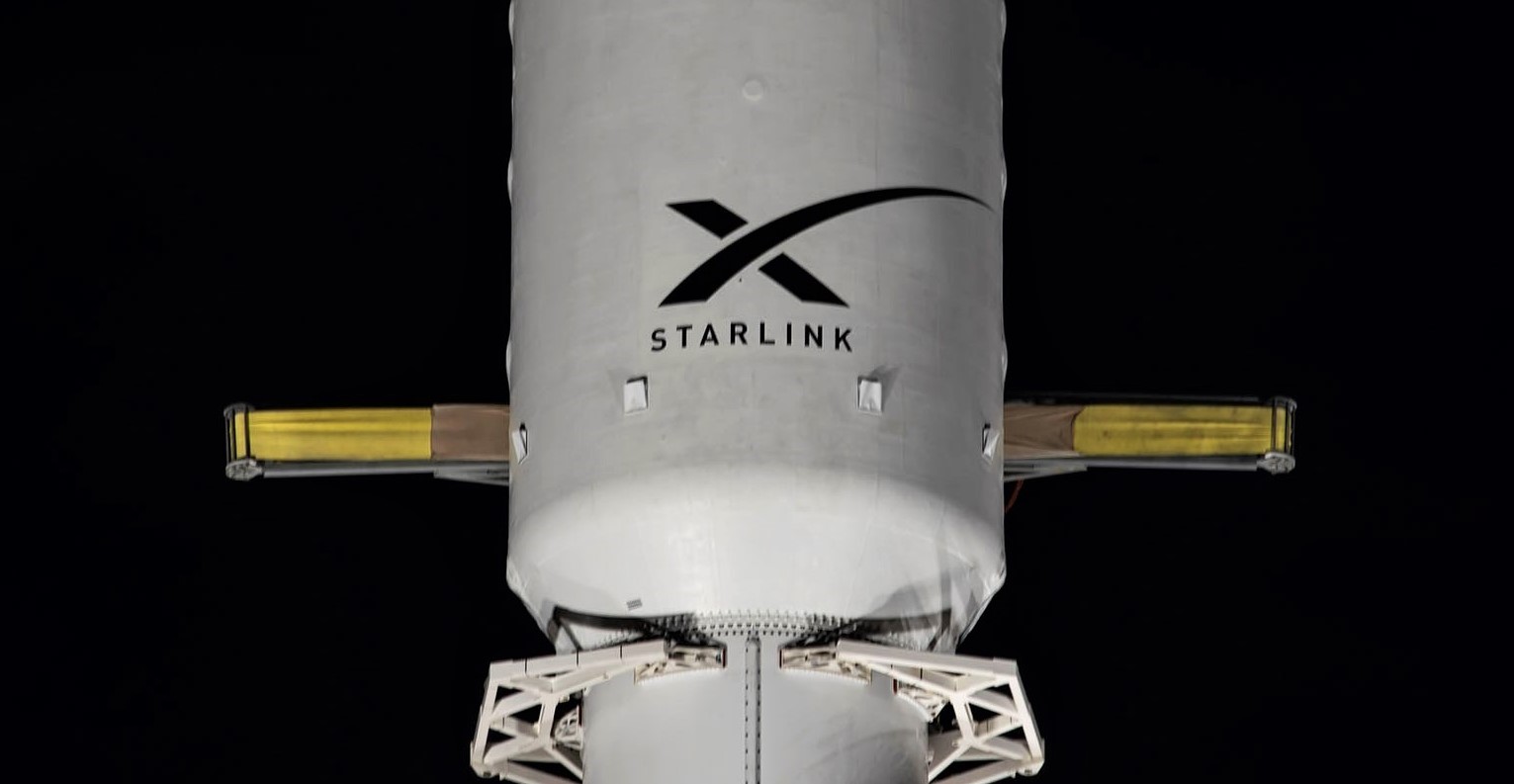
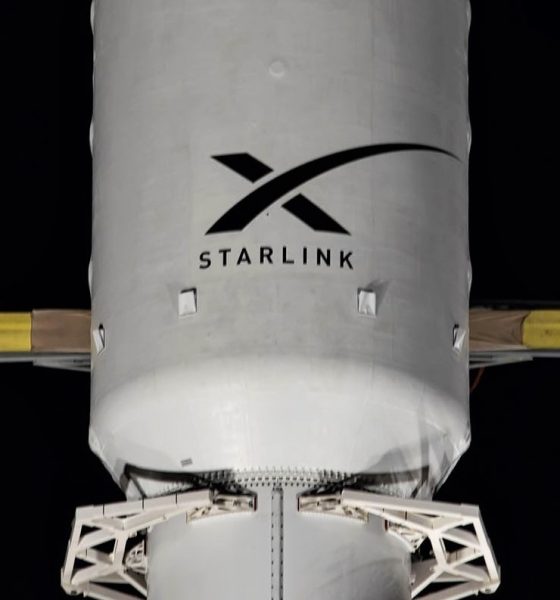
News
SpaceX’s first “next-gen” Starlink satellites are suspiciously familiar
In a strange twist, SpaceX says that its next Starlink mission will launch 54 satellites into low Earth orbit (LEO), implying that they’re roughly the same size as the V1.5 satellites it’s already launching – not the larger V2 or V2 Mini satellites discussed in recent FCC filings.
However, the data SpaceX provided also shows that those 54 satellites are headed to an orbit that only matches the company’s next-generation Starlink Gen2 (V2) constellation. While SpaceX quietly indicated that a V1.5-sized satellite was an option for early Gen2 launches in a supplemental October 2022 filing [PDF] with the FCC, it’s still unclear why SpaceX would prioritize launching V1.5-sized V2 satellites while its V1 constellation remains unfinished.
Adding to the confusion, in November 2021, CEO Elon Musk strongly implied that the inefficiencies of smaller Starlink V1.x satellites were so significant that they could risk bankrupting SpaceX if the company couldn’t start launching larger V2 satellites on its next-generation Starship rocket by the end of 2022. What, then, is the purpose of SpaceX’s imminent “Starlink G5-1” launch?
The update that's rolling out to the fleet makes full use of the front and rear steering travel to minimize turning circle. In this case a reduction of 1.6 feet just over the air— Wes (@wmorrill3) April 16, 2024
The name alone is confusing. Using the same shorthand as past Starlink V1 launches, “G5-1” refers to the first launch of “Group 5” of a constellation. “Group” here is synonymous with “shell,” which describes a set of satellites that share the same orbital inclination (the angle at which the orbit crosses the equator) and a similar orbital altitude. Of SpaceX’s three approved constellations, only one has five shells, and that shell can only exist at 97.6 degrees, not 43 degrees. SpaceX’s Gen2 constellation technically has nine planned shells, but the FCC has only partially approved three of those shells, one of which is at 43 degrees.
Ignoring the obtuse name, one possibility is that aspects of Starlink V2 satellite upgrades are not explicitly tied to the much larger size of those satellites and can be applied to SpaceX’s first-generation Starlink constellation without requiring a modified FCC license. If SpaceX wanted to add larger satellites to its V1 constellation or change the frequency bands they use, it would almost certainly have to seek a modified license from the FCC, which could take months.
There is no evidence SpaceX has done so, and any attempt would produce public documentation. The 43-degree inclination SpaceX’s mysterious “Starlink G5-1” launch is targeting also rules out any involvement in its V1 constellation, which only has approval for satellites between 53 and 97.6 degrees.
Aside from the unlikely possibility that details about the Starlink 5-1 mission are somehow incorrect or an artifact of a messy launch licensing process, there is at least one other unlikely explanation. In October 2018, the FCC granted SpaceX permission to launch a very low earth orbit (VLEO) constellation of 7518 Starlink satellites with dimensions similar to satellites that make up the 4408-satellite constellation the company is currently launching. More than four years later, SpaceX has yet to begin launching its approved VLEO constellation.
In November 2022, SpaceX told the FCC it intended to combine its Starlink VLEO and Starlink Gen2 constellations by adding V-band antennas to some of the almost 33,000 Gen2 satellites it hoped to launch – a move that would reduce the total number of Starlink satellites SpaceX needs to launch. Around the turn of the month, the FCC partially granted SpaceX’s Starlink Gen2 license, adding unprecedentedly strict requirements and only permitting the launch of 7500 of 33,000 planned Gen2 satellites to a limited set of inclinations (33, 43, and 53 degrees).
Perhaps, then, the uncertainty created by the FCC’s strange partial Gen2 grant made SpaceX change its mind about a dedicated Starlink VLEO constellation. However, without a license modification, SpaceX’s VLEO constellation is stuck with the same smaller (and potentially bankruptcy-inducing) satellites that its CEO believes make the first Starlink V1 constellation unsustainable. SpaceX also has less than two years until its VLEO constellation crosses its first deployment milestone, at which point the company will need to have launched half of it (3759 satellites) to avoid penalties from the FCC – up to and including the revocation of its license.
Despite the numerous reasons it wouldn’t make sense for Starlink 5-1 to be SpaceX’s first Starlink VLEO launch, almost 2500 of SpaceX’s approved VLEO satellites were intended to operate in a 336-kilometer (~209 mi) orbit inclined by 42 degrees – oddly similar to the 338-kilometer (~210 mi), 43-degree orbit SpaceX appears to be targeting with Starlink 5-1.
A surprise VLEO launch is a very unlikely explanation, but it’s only marginally stranger than the alternatives: that Starlink 5-1 is a V1-sized V2 launch with no prior mention or warning, a V1 launch to an orbit that would explicitly violate SpaceX’s Starlink V1 FCC license, or a paperwork error that has propagated so far that SpaceX distributed incorrect orbit information (which could threaten other satellites and rockets) less than two days before liftoff.
Thankfully, there is one last explanation – raised after this article was published – that appears to be much more likely. In response to a tweet summarizing these claims, astrophysicist Jonathan McDowell noted that SpaceX had, in fact, mentioned a third smaller Starlink V2 satellite variant in an October 2022 FCC filing that fell mostly under the radar. In that filing, SpaceX told that FCC it was developing three variants, not two. The smallest variant was said to weigh 303 kilograms and featured dimensions seemingly identical to SpaceX’s existing V1.5 satellites, which are estimated to weigh around 307 kilograms. SpaceX also stated that initial Falcon 9 launches will carry “approximately twenty to sixty satellites,” again confirming that V2 satellites could be about the same size and shape as V1.5 satellites.
SpaceX’s decision to develop a V1.5-sized version of V2 satellites makes little sense in the context of Musk’s implicit claims that problems inherent to its smaller V1 satellites threaten the company’s solvency. It’s clearer than ever that the SpaceX CEO may have been stretching the truth of the matter to craft an existential threat that might encourage employees to work longer hours. Still, developing and launching a V1.5-sized V2 satellite variant and beginning to launch those satellites while SpaceX’s Starlink Gen1 is more than 25% incomplete is confusing at best.
Regardless of what it’s carrying or why, a SpaceX Falcon 9 rocket is scheduled to launch Starlink 5-1 out of Florida’s Cape Canaveral Space Force Station (CCSFS) no earlier than 4:40 am EST (09:40 UTC) on Wednesday, December 28th.
News
SpaceX opens up free Starlink service for those impacted by Hurricane Melissa
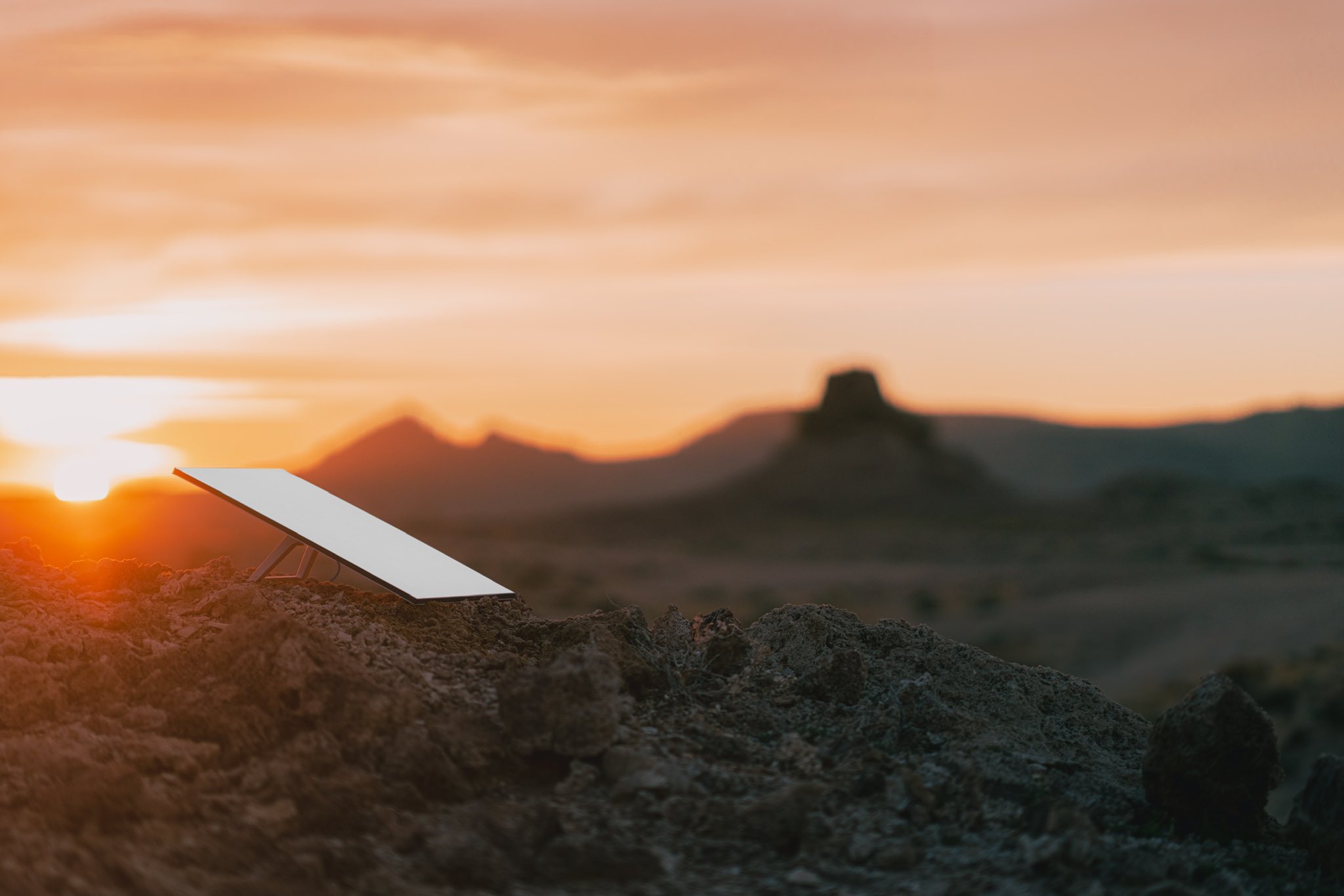
SpaceX is opening up its internet service, Starlink, to those impacted by Hurricane Melissa, as it made landfall in Jamaica and the Bahamas as a Category 5 storm.
Hurricane Melissa is expected to reach wind speeds of over 165 MPH over the next few days as it extends out into the Atlantic Ocean by Thursday and Friday.
Satellite imagery shows Hurricane #Melissa‘s growth from its formation on October 21 to a Category 5 hurricane through October 27, 2025. #HurricaneMelissa pic.twitter.com/goR3Hbgb9c
— The Weather Network (@weathernetwork) October 27, 2025
Citizens in Jamaica and the Bahamas have been preparing for the storm for the past week, getting necessary goods together and preparing for the massive storm to arrive. It finally did yesterday, and the first images and video of the storm are showing that it could destroy many parts of both countries.
Starlink is now being opened up for free until the end of November for those impacted by the storm in Jamaica and the Bahamas, SpaceX announced today:
For those impacted by Hurricane Melissa in Jamaica and the Bahamas, Starlink service is now free through the end of November to help with response and recovery efforts → https://t.co/fUko3xSviJ
— Starlink (@Starlink) October 28, 2025
It is a move similar to the one the company made last year as Hurricane Helene made its way through the United States, destroying homes and property across the East Coast. SpaceX offered free service for those impacted by the destruction caused by the storm.
The free Starlink service was available until the end of 2024.
Elon Musk’s companies have also made similar moves to help out those who are impacted by natural disasters. Tesla has offered Free Supercharging in the past, most notably during the California wildfires.
Tesla and SpaceX’s LA fire relief efforts: Cybertrucks, free Starlink and more
One major advantage of Starlink is that it is available for use in situations like this one, where power might be required to operate things like a modem and router.
Internet access is a crucial part of survival in these situations, especially as it can be the last leg some stand on to get in touch with emergency services or loved ones.
Elon Musk
Tesla board chair reiterates widely unmentioned point of Musk comp plan
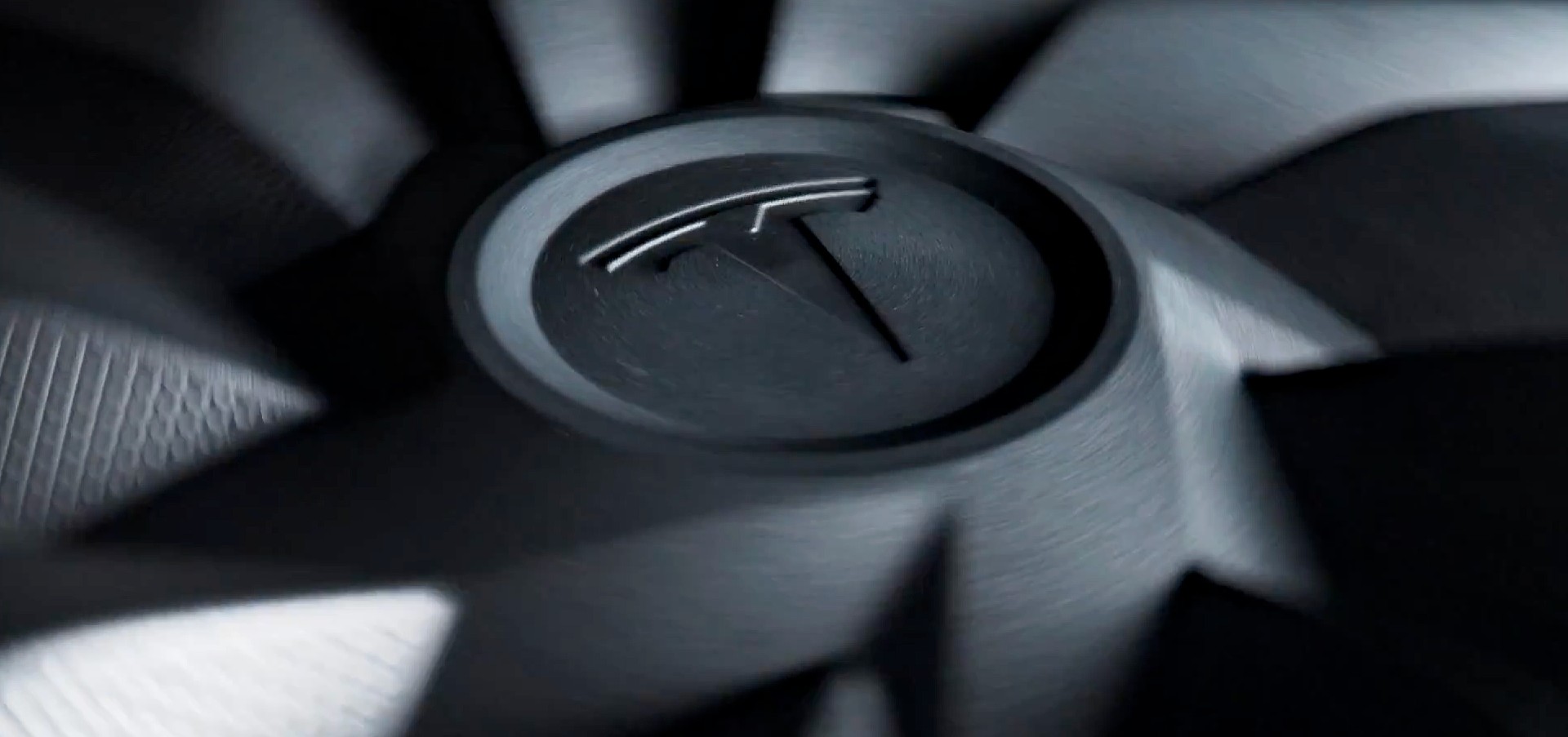
Tesla Board Chair Robyn Denholm appeared on Bloomberg TV this morning to discuss the current status of CEO Elon Musk’s compensation plan, and used the opportunity to reiterate a widely unmentioned key point of the entire package.
Critics of the proposed pay package, which would pay Musk $1 trillion if he completes every tranche, routinely cite the sheer size of the payday.
Of course, many skeptics leave out the fact that he would only get that money if he were able to generate eight times the value the company currently has.
Tesla gains massive vote of confidence on compensation plan for Elon Musk
For Musk, it might have a little bit to do with money, but that is likely a very small percentage point of why the compensation package is being offered to him. He has reiterated that it is more about voting control and overall influence, especially as Tesla dives into robotics.
He said during the Q3 Earnings Call:
“My fundamental concern with regard to how much voting control I have at Tesla is if I go ahead and build this enormous robot army, can I just be ousted at some point in the future? That’s my biggest concern. That is really the only thing I’m trying to address with this. It’s called compensation, but it’s not like I’m going to go spend the money. It’s just, if we build this robot army, do I have at least a strong influence over that robot army, not current control, but a strong influence? That’s what it comes down to in a nutshell. I don’t feel comfortable wielding that robot army if I don’t have at least a strong influence.”
Tesla shares the idea that Musk is a crucial part of the company, and without him being awarded the voting control he feels he deserves, he could leave the company altogether.
The company is very obviously feeling the importance of the upcoming vote, as it has advertised and pushed heavily for the comp plan to be approved, mostly to retain Musk.
Tesla Board Chair Robyn Denholm said today to Bloomberg TV that it is crucial shareholders understand it is not about Musk’s potential wealth, but more about his influence on company decisions:
“So firstly, it is a performance package, so he gets nothing if he doesn’t perform against the pretty audacious milestones that are part of the performance criteria that’s been outlined by the board in the performance package. So, I think rather than compensation, it’s actually about the performance and the goals that we have for the company as we move forward. And so, for me, it really is about making sure that investors understand that they actually get paid if he hits the milestones before he will…Elon’s been very public, including on last week’s earnings call, about the fact that it’s around the voting influence that he could have in future shareholder meetings as opposed to the economic interests.”
Musk is not an incredibly flashy person. He does not have crazy cars or a massive house to go back to. He spends a lot of his time working and sometimes even sleeps at his office inside the factory.
He recently said he “only has what is needed” because “material possessions were making him weak.”
Material possessions were making me weak, so now I have only what is needed
— Elon Musk (@elonmusk) October 20, 2025
News
The truth about Tesla ‘Mad Max’ mode from an actual user
Some people might see “Mad Max” as an extension of their daily driving.
For me, I did not see it that way. I saw it as a useful tool for certain situations, but it was certainly not something I could compare to my personal driving style.
But that does not mean that it’s wrong.
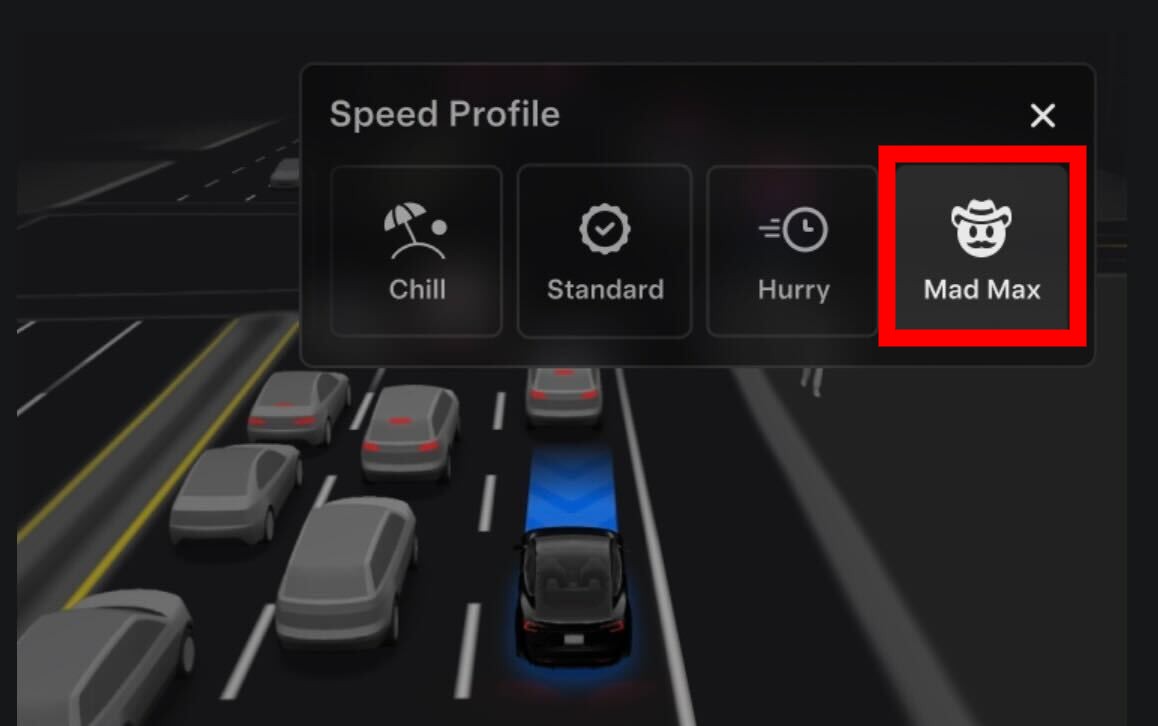
There have been many headlines about Tesla’s new “Mad Max” mode, but many of those writing about the “dangerous” and “controversial” mode have probably never used it.
As a writer, I write about topics I do not have firsthand experience with, but the job requires me to take a fair stance and report what is known. The problem is the nature of driving and driving modes, specifically, is subjective.
Some people might see “Mad Max” as an extension of their daily driving.
For me, I did not see it that way. I saw it as a useful tool for certain situations, but it was certainly not something I could compare to my personal driving style.
But that does not mean that it’s wrong.
NHTSA Probes Tesla Over “Mad Max”
Last week, the NHTSA launched a bit of a probe into Mad Max mode, requesting additional information on the Speed Profile and reiterating that the driver of the car is still required to be in ultimate control.
It’s important to keep the latter portion of that sentence in mind for the true thesis of this piece.
Now, it is no surprise to me that Mad Max garnered attention from regulatory agencies, as it is definitely a more spirited driving profile than the others.
Is Mad Max That Big of a Deal?
Regulatory agencies are responsible for keeping people safe, and it is important to note that their control is somewhat necessary. However, this type of drive mode is optional, requires the driver’s attention, and should be used responsibly for safe travel.
Playing Devil’s Advocate, how is Mad Max any different than the performance modes that some sports cars have? Because they require the driver to operate fully, and they are not semi-autonomous like Tesla can offer with Mad Max in Full Self-Driving (Supervised), are they safer?
The argument here really comes down to whether FSD is being used responsibly and correctly; any accelerated drive mode becomes more of a risk if the vehicle operator is not paying attention. This applies to any car company or drive mode they choose to use on their cars.
My Personal Experience with Mad Max
I have used Mad Max probably ten times since it rolled out to Early Access Program (EAP) members a few weeks ago.
I’ll admit: it did a lot of things I would never do driving a car manually. It passed people on the right. It was the fastest vehicle on the interstate, at least until I crossed into Maryland. Then, it seemed to be just another car on the road.
🚨 Tesla “Mad Max” testing on FSD v14.1.2
It drives like a human being! Consistent lane changes, keeps up with quicker traffic, very refined
Well done Tesla Team pic.twitter.com/wzTucDhczA
— TESLARATI (@Teslarati) October 19, 2025
It drove quickly, and not so fast that I felt concerned for my safety, which I never feared for, but fast enough that, at certain points, I was concerned that a cop would pull me over. I never encountered that scenario, but I wouldn’t be surprised if it resulted in some tickets.
With that being said, I don’t particularly think I’d use Mad Max in more than a handful of applications: driving the Baltimore Beltway would be one instance, navigating traffic in Baltimore, Philadelphia, or Pittsburgh during heavy traffic, or cruising on I-95, where cars routinely are going 100 MPH, much faster than Mad Max would ever travel.
Is it too quick for me in residential settings? For me, yes. Is it faster than every human driving on those roads? Absolutely not. In my experience, it is quicker than some, slower than others, just like any other Speed Mode Tesla offers, even Sloth, which refuses to go over the posted speed limit.
I think it’s wrong to sit here and act as if Mad Max is some incredibly dangerous and life-threatening hazard. If a driver is uncomfortable with the maneuvers or speed, they do not have to use it. However, it is no different from how many other cars travel on the road; it is far from an anomaly.
Tesla FSD’s new Mad Max mode is getting rave reviews from users
With that being said, it will be interesting to see if the NHTSA does anything about Mad Max, whether it will require Tesla to “nerf” the Speed Profile, or remove it altogether. It’s also important to note that this is my personal experience with Mad Max, and what I’ve experienced might differ from others’.
I would love to hear your thoughts on how Mad Max has driven for you, or your impressions of it.
-

 Elon Musk2 weeks ago
Elon Musk2 weeks agoSpaceX posts Starship booster feat that’s so nutty, it doesn’t even look real
-

 Elon Musk1 week ago
Elon Musk1 week agoTesla Full Self-Driving gets an offer to be insured for ‘almost free’
-

 News1 week ago
News1 week agoElon Musk confirms Tesla FSD V14.2 will see widespread rollout
-

 News2 weeks ago
News2 weeks agoTesla is adding an interesting feature to its centerscreen in a coming update
-

 News2 weeks ago
News2 weeks agoTesla launches new interior option for Model Y
-

 News2 weeks ago
News2 weeks agoTesla widens rollout of new Full Self-Driving suite to more owners
-

 Elon Musk2 weeks ago
Elon Musk2 weeks agoTesla CEO Elon Musk’s $1 trillion pay package hits first adversity from proxy firm
-

 News1 week ago
News1 week agoTesla might be doing away with a long-included feature with its vehicles


